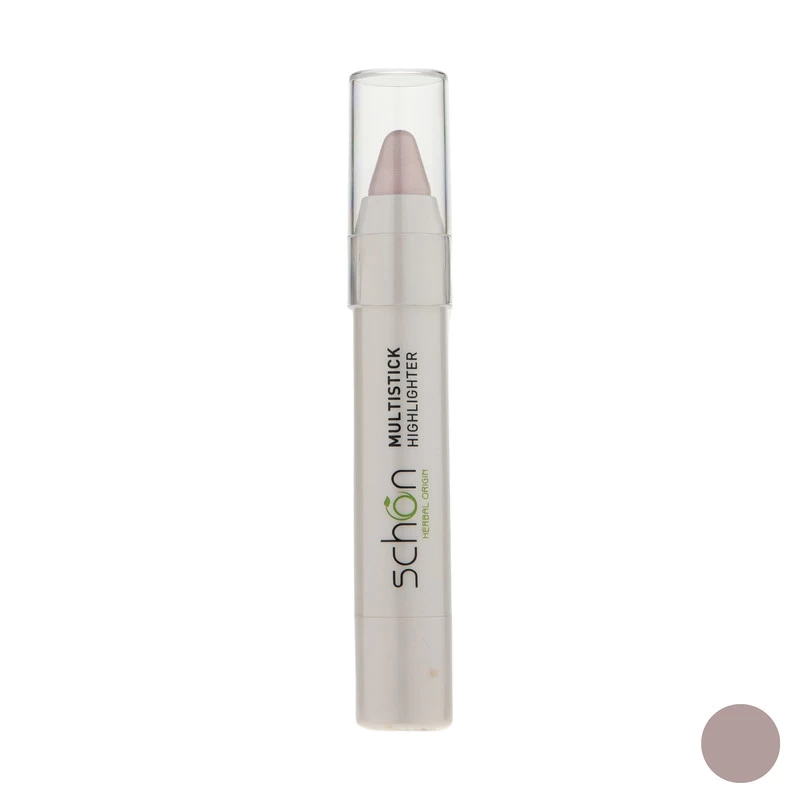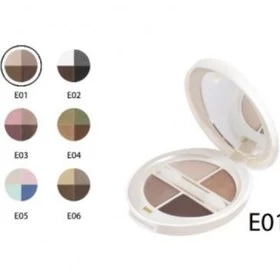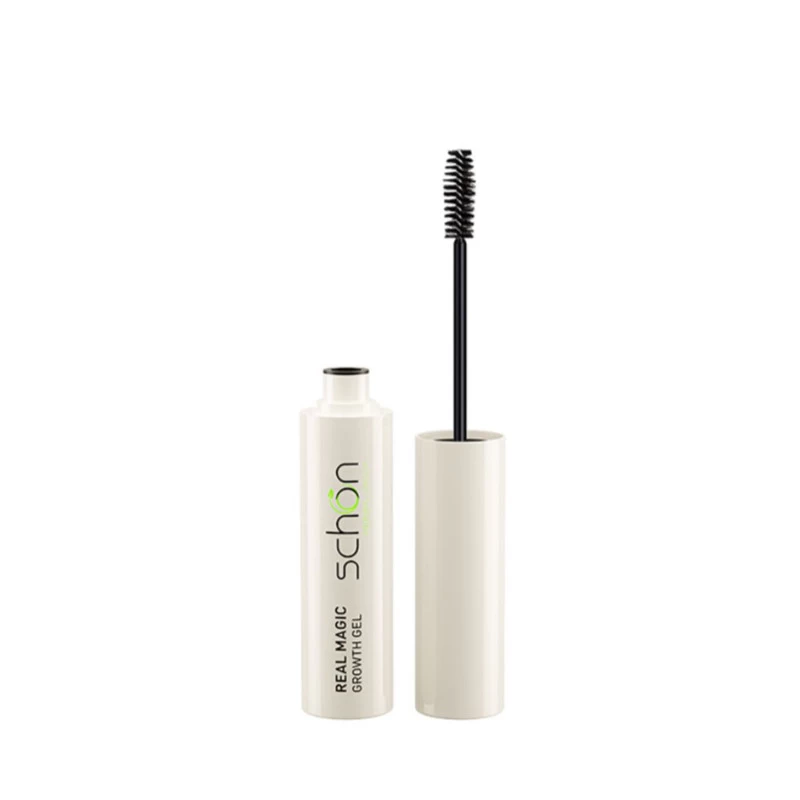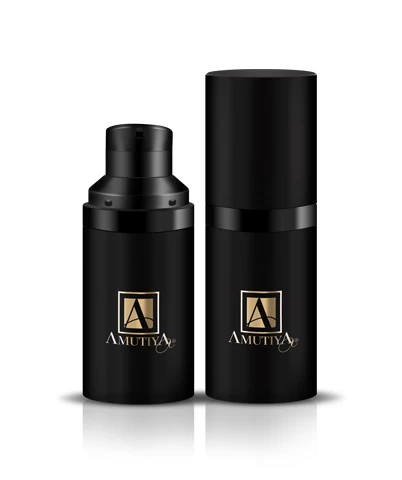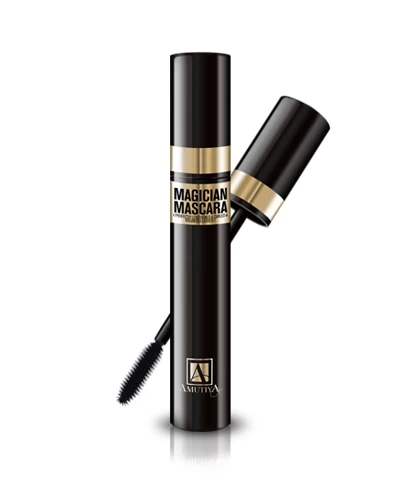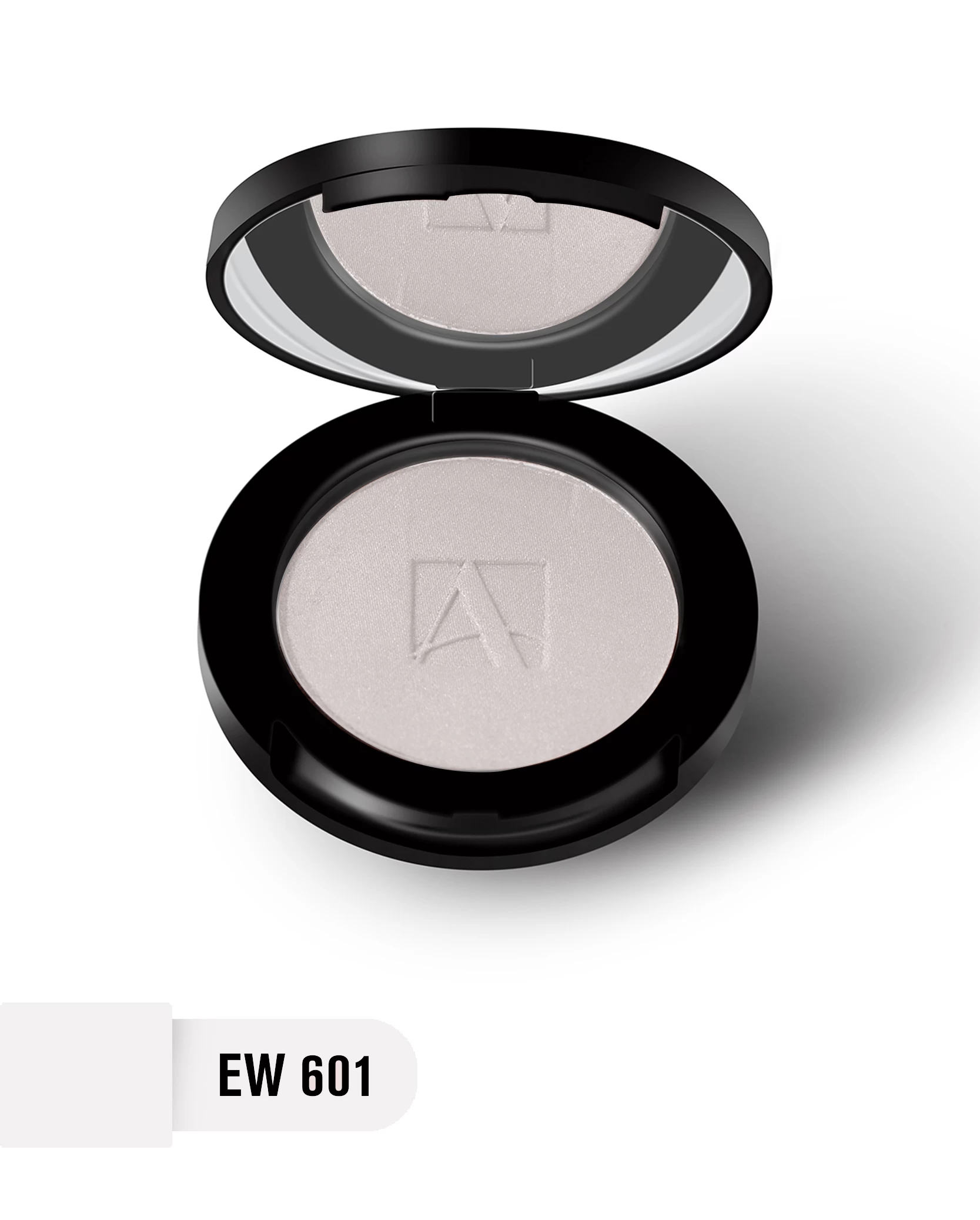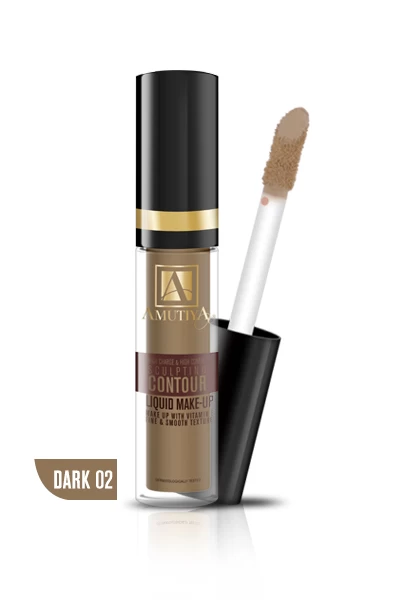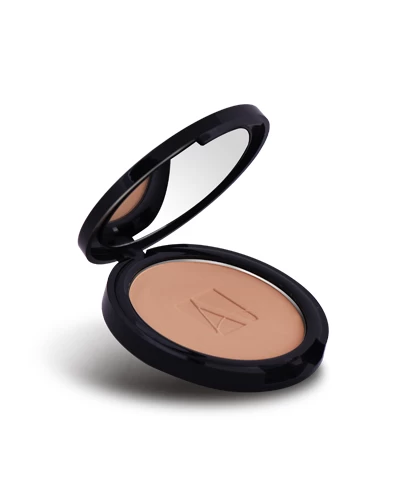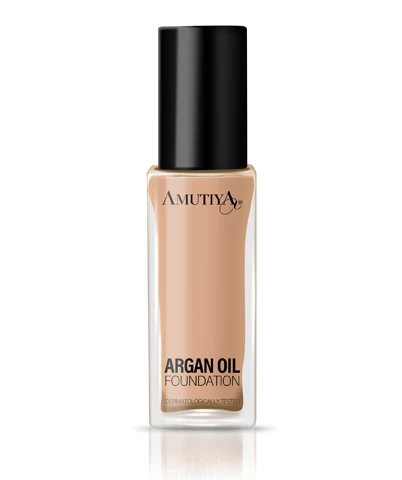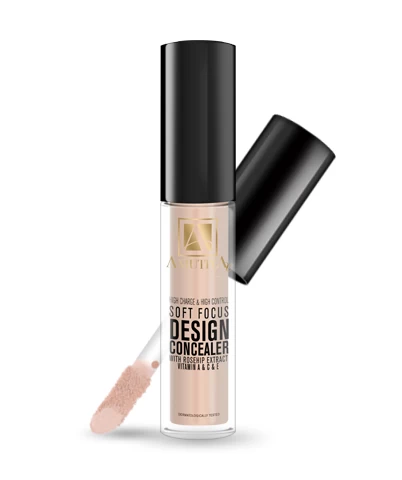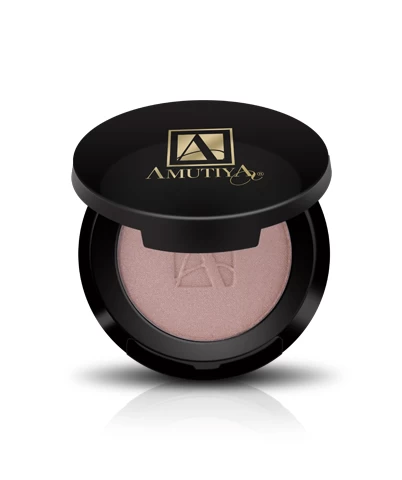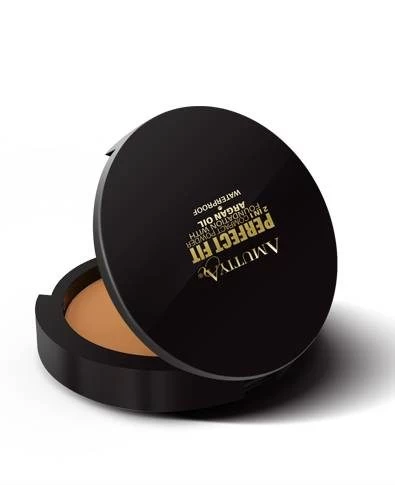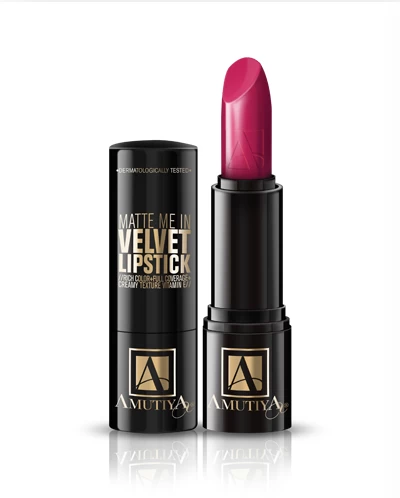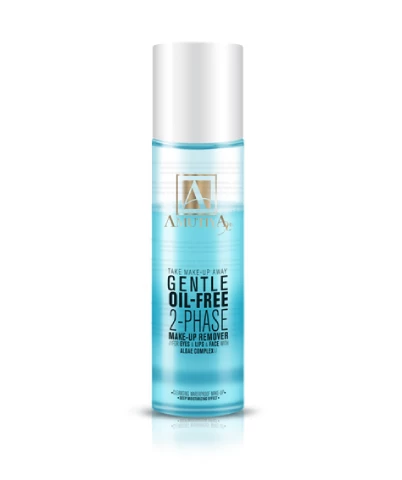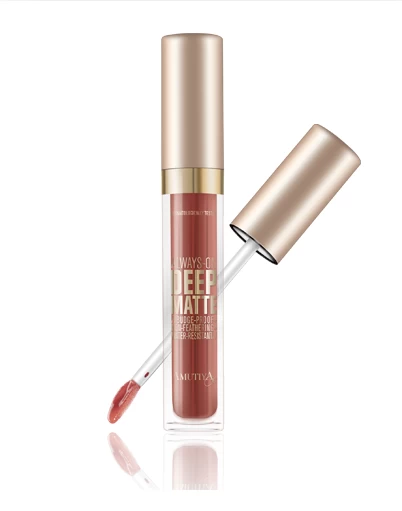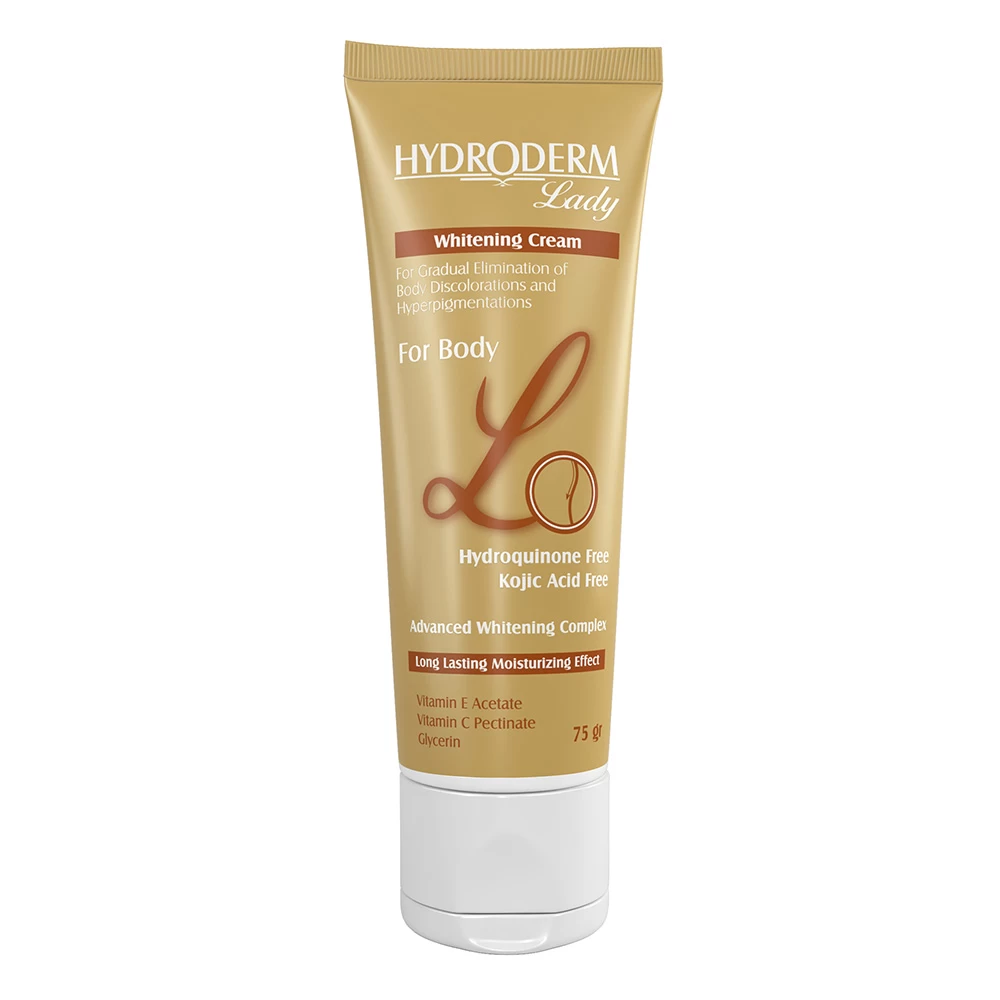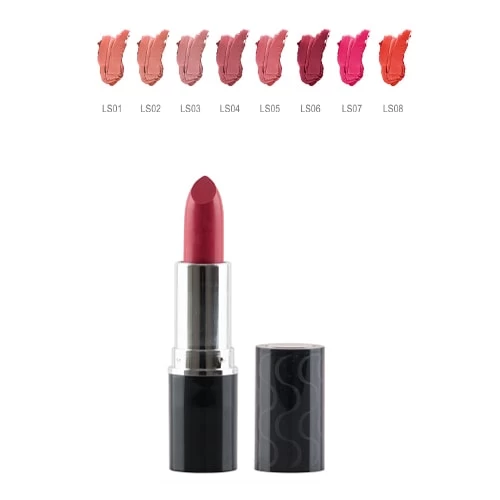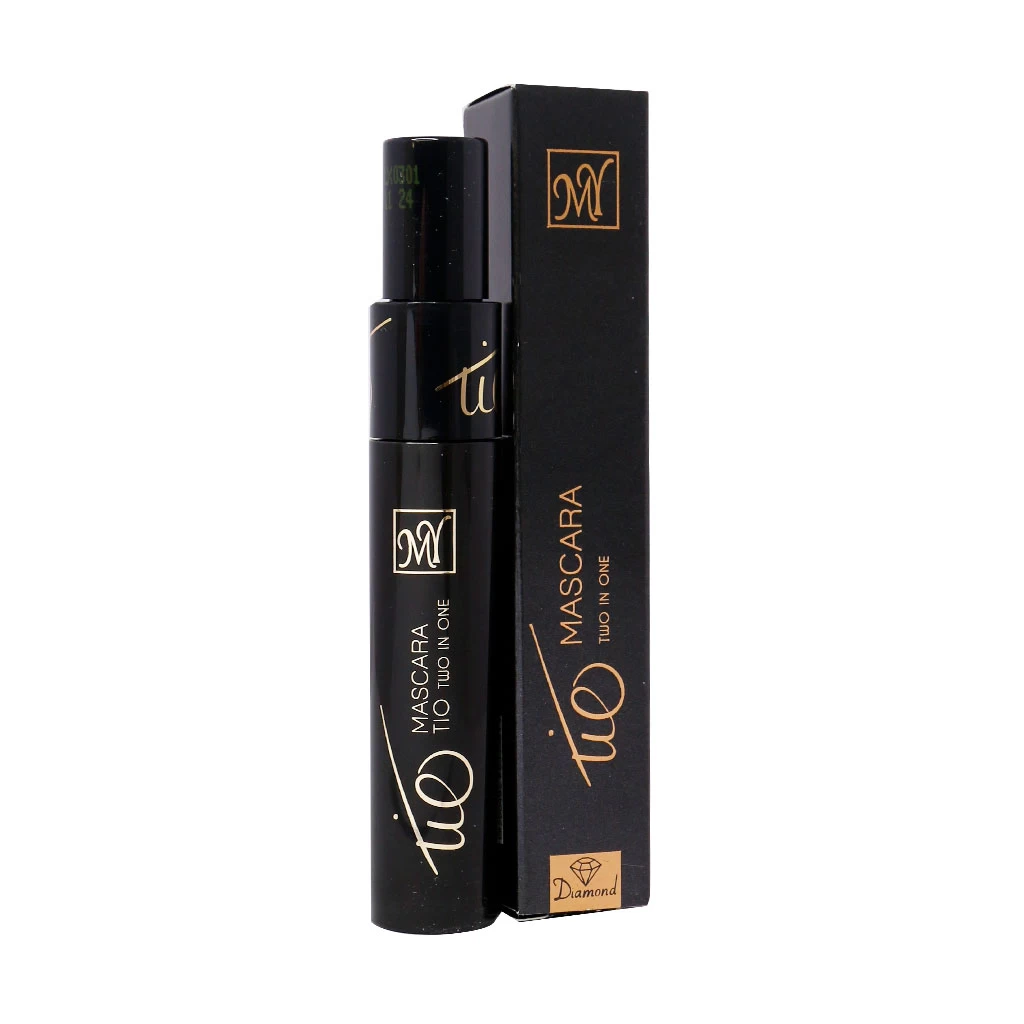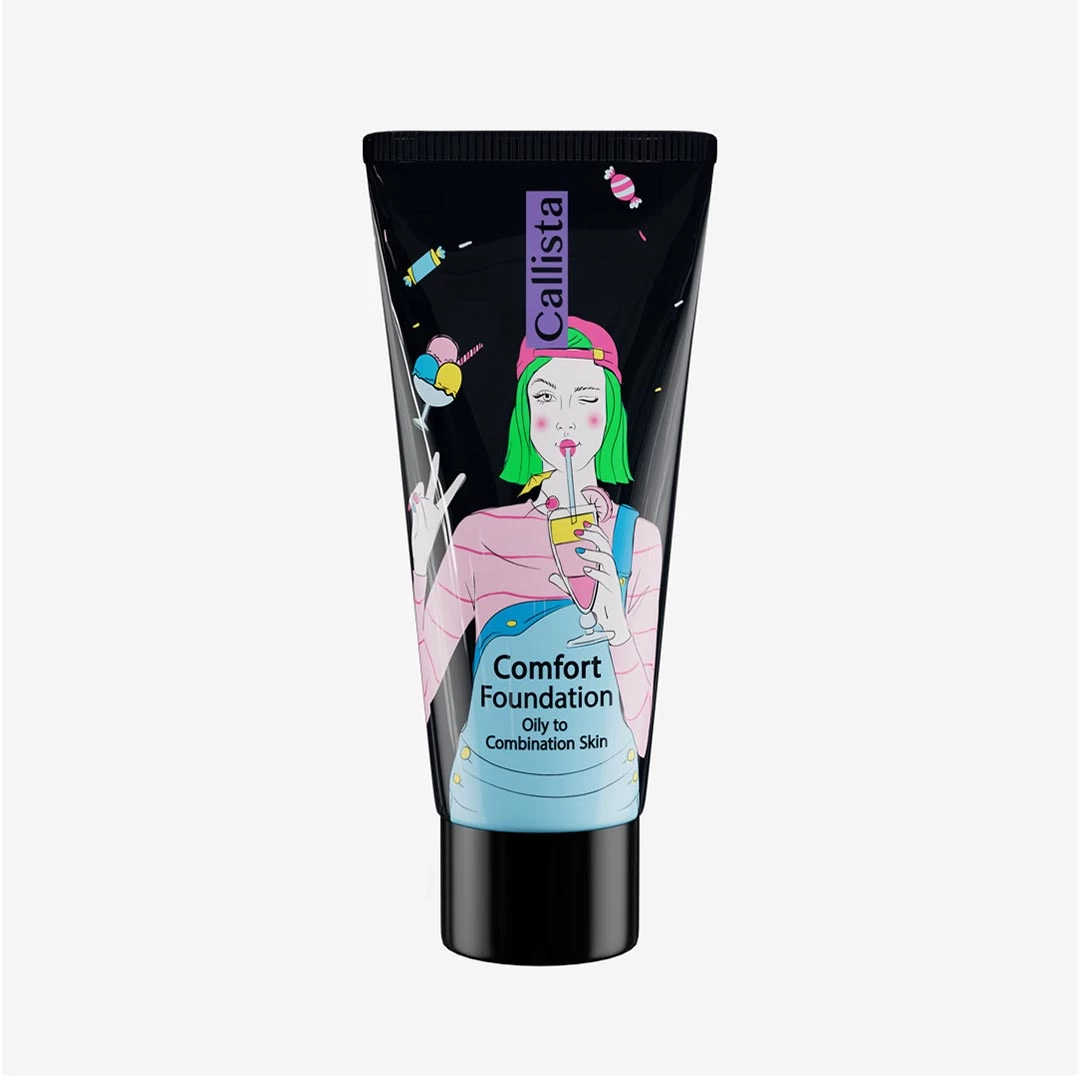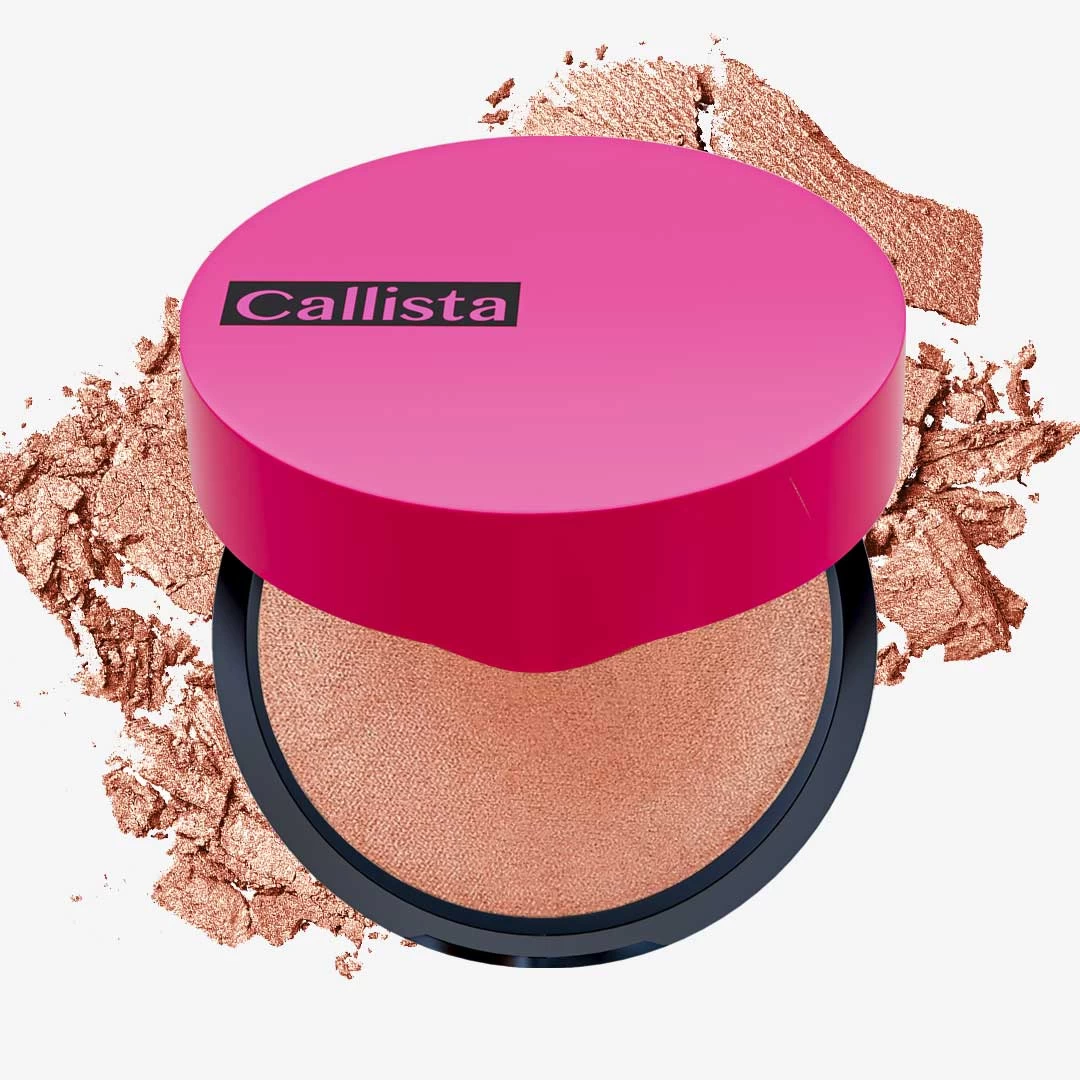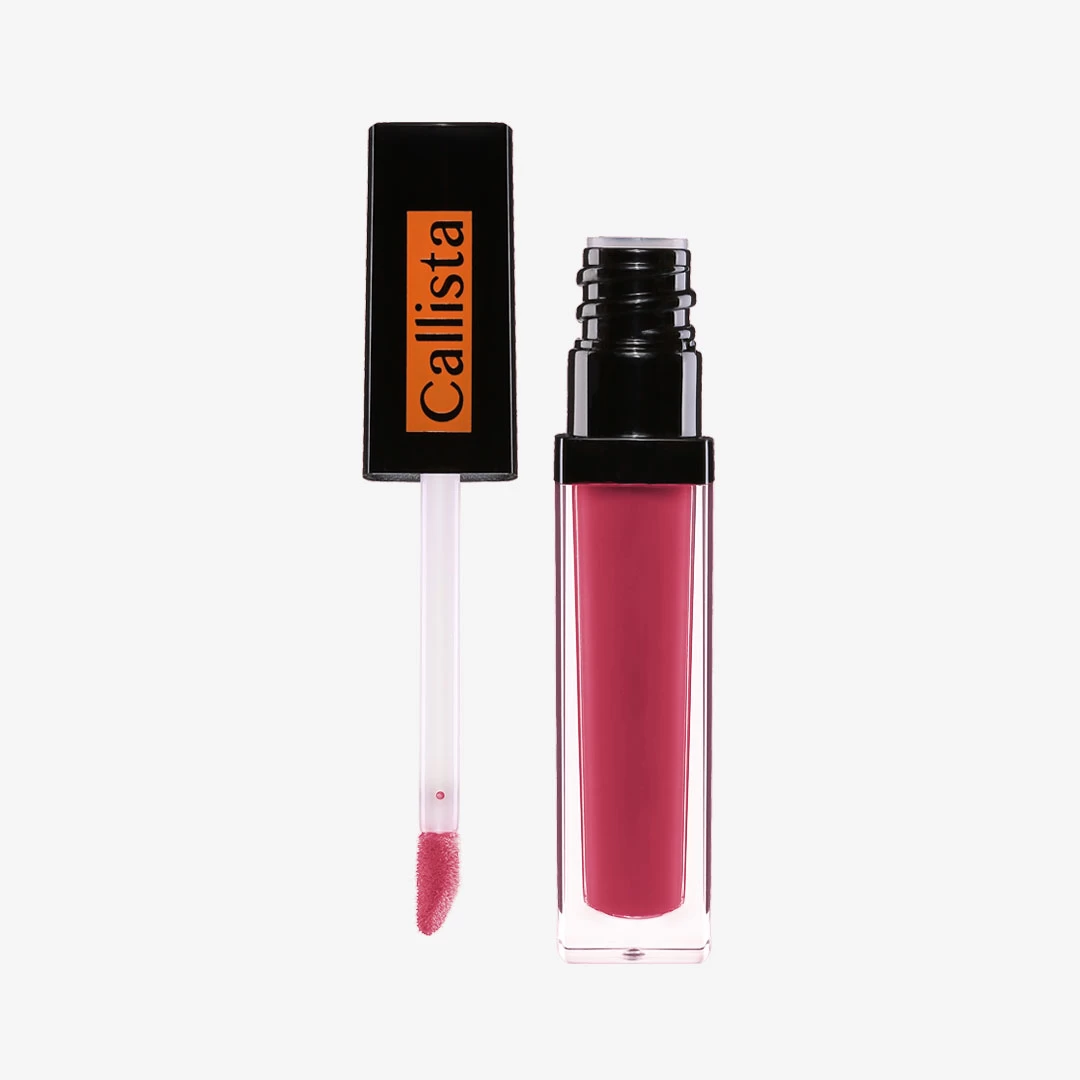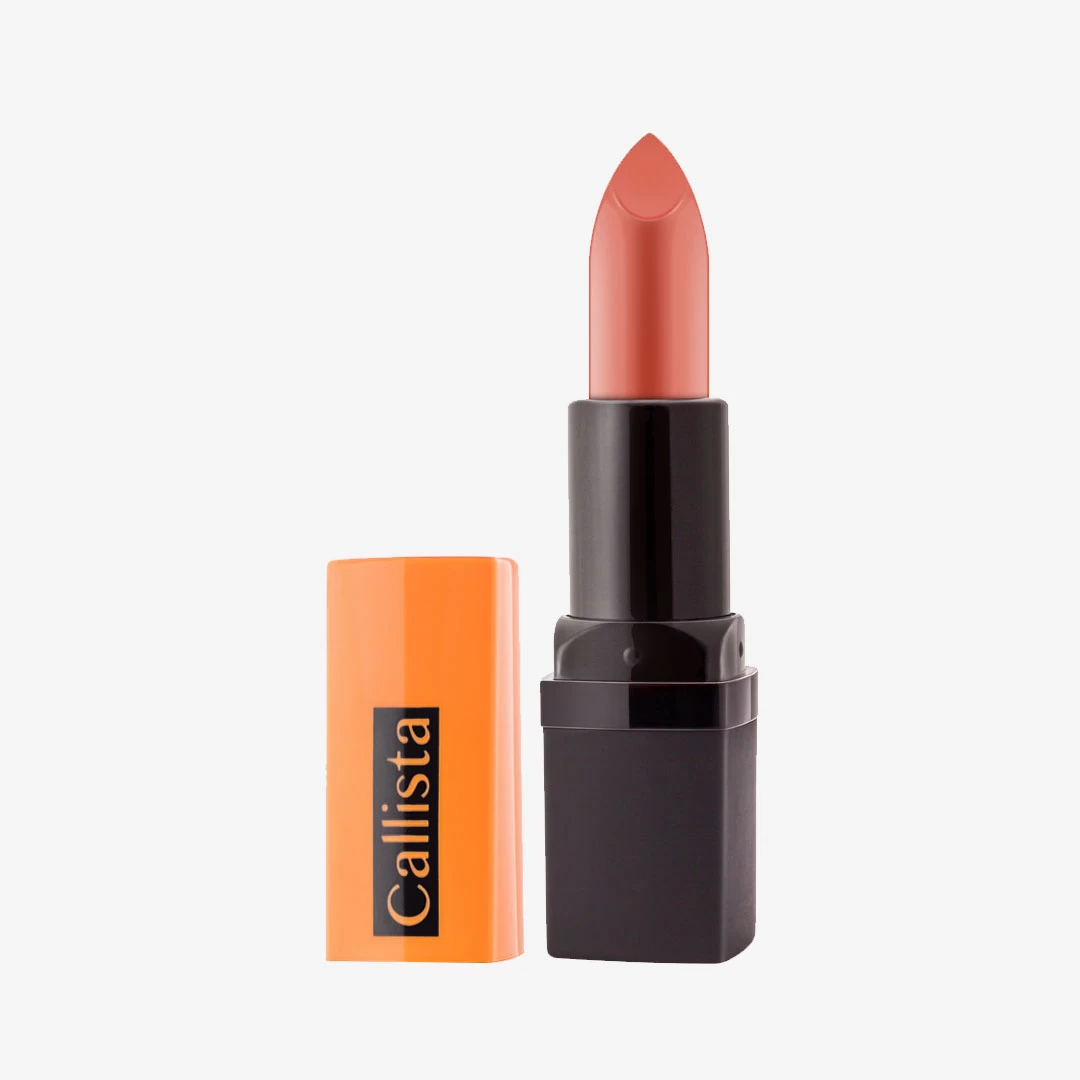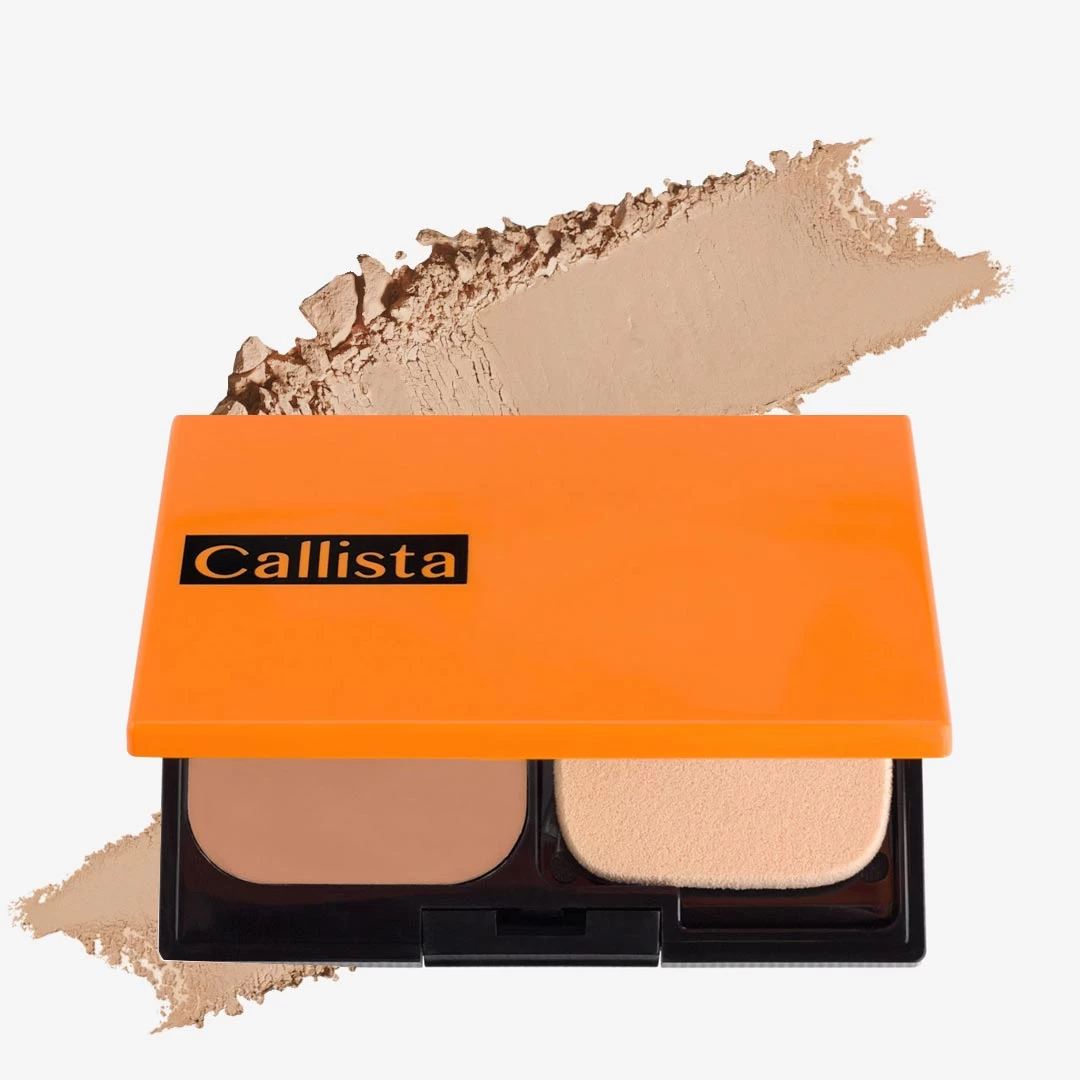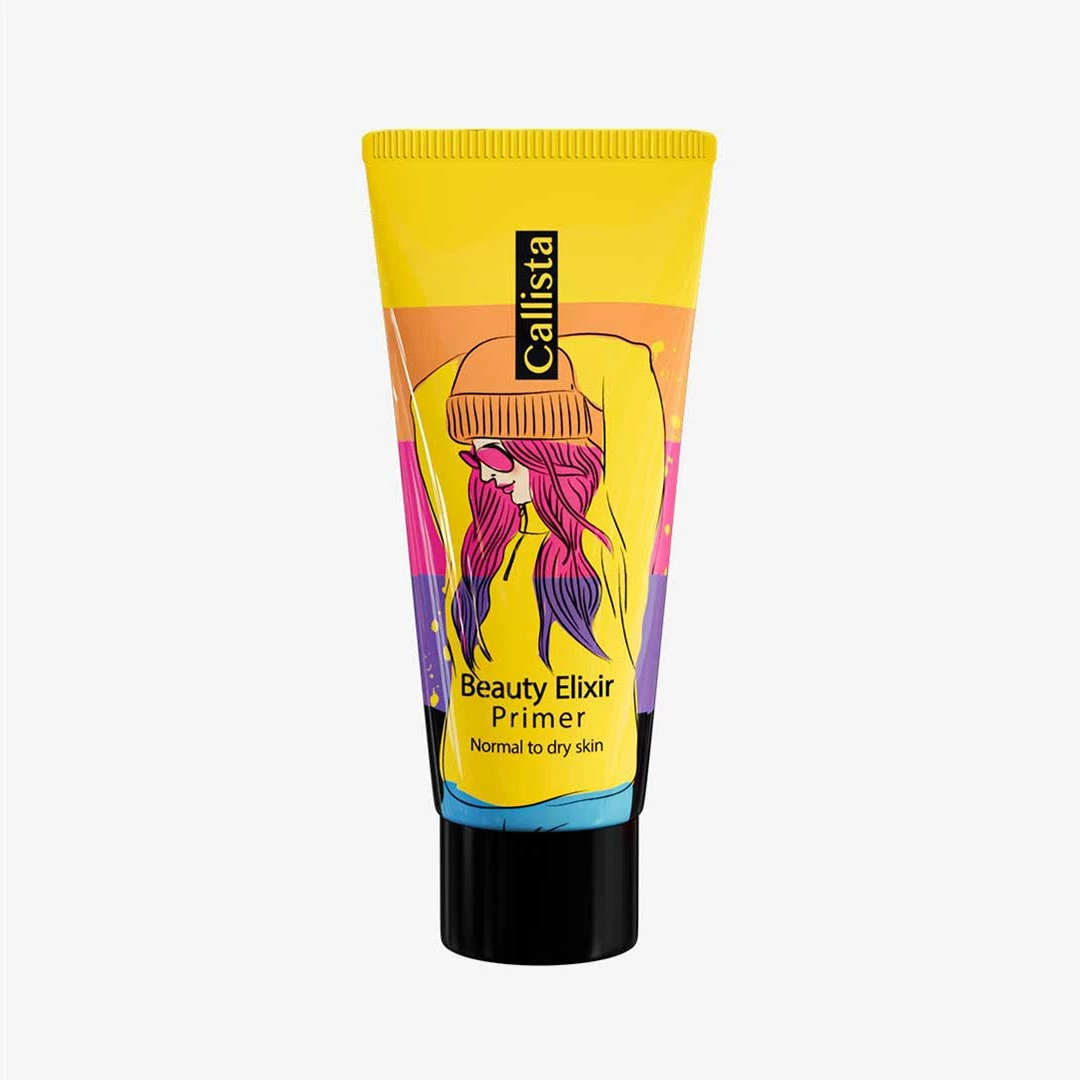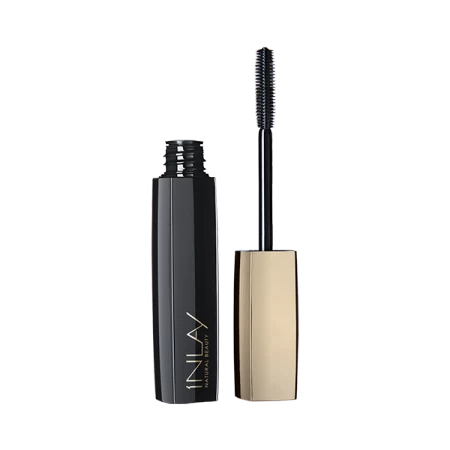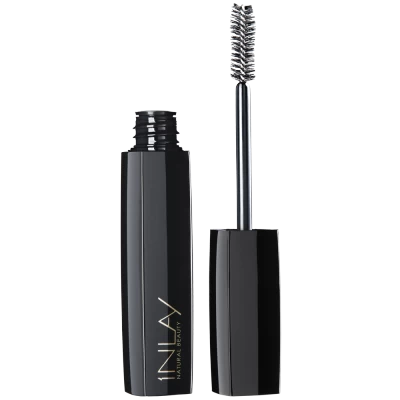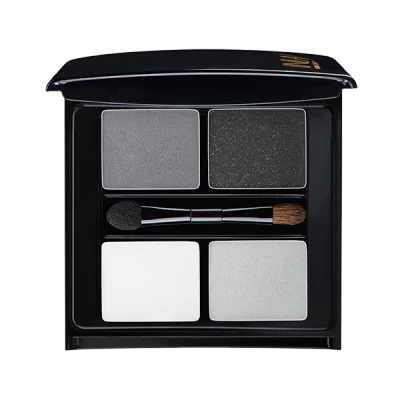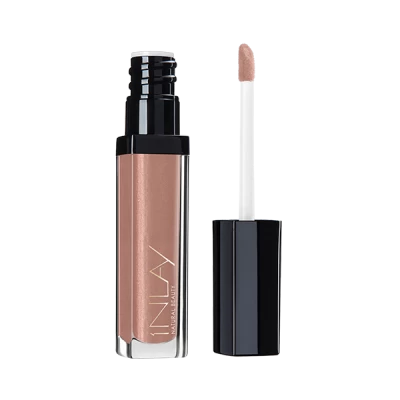Makeup & Tools
Makeup is a versatile tool for enhancing facial features. Common tools include brushes, sponges, and applicators. Foundation provides an even base, while eyeshadows and eyeliners add definition. Lipsticks and glosses bring attention to the lips. Brushes like kabuki and contour brushes help with precise application. Quality tools contribute to a polished finish. It's essential to consider your skin type when selecting products and tools for a flawless makeup routine.
Makeup tools encompass a variety of items:
1. Foundation Brush/Sponge: Applies foundation for an even complexion.
2. Concealer Brush:Targets specific areas for concealing imperfections.
3. Blush Brush: Adds a healthy flush to the cheeks.
4. Eyeshadow Brushes:Include blending, crease, and shader brushes for eye makeup.
5. Eyeliner Brush:Helps create precise lines for eyeliner application.
6. Mascara Wand:Coats and defines eyelashes.
7. Lip Brush:Ensures precise application of lip color.
8. Powder Brush:Sets makeup with translucent powder.
9. Contour Brush: Defines facial features with contouring products.
10. Highlighter Brush: Applies highlighter for a radiant glow.
11. Kabuki Brush:Ideal for applying bronzer or all-over powder.
12. Brow Brush/Comb: Shapes and grooms eyebrows.
13. Makeup Sponge:Blends foundation and concealer seamlessly.
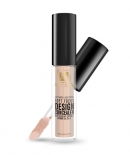
Choosing high-quality tools and keeping them clean is crucial for achieving professional-looking makeup results.
Makeup tools themselves, like brushes and sponges, are typically not considered chemical entities. However, the makeup products applied using these tools often contain various chemicals. These chemicals can include pigments, emollients, preservatives, and other ingredients that contribute to the product's texture, color, and longevity.
It's essential to be aware of the ingredients in makeup products, especially if you have sensitivities or allergies. Additionally, regularly cleaning your makeup tools is crucial to prevent the buildup of bacteria and ensure a hygienic application.
Makeup tools are separate from healthcare and skincare products. While makeup is primarily used for enhancing appearance, skincare products focus on maintaining and improving the health of the skin. Skincare items include cleansers, moisturizers, serums, and sunscreens designed to address specific skin concerns.
Healthcare products may encompass a broader range, including medications and treatments for various skin conditions or medical concerns. It's important to distinguish between makeup, skincare, and healthcare products to address different aspects of personal care and well-being.
Makeup itself is not inherently harmful, but certain ingredients in makeup products may cause irritation or allergic reactions for some individuals. It's crucial to be aware of your skin type and any sensitivities you may have. Additionally, regularly wearing heavy makeup without proper removal and cleansing can potentially clog pores, leading to breakouts.
A good skincare routine is essential to maintain healthy skin, and it often includes cleansing, moisturizing, and sun protection. It's important to choose makeup products that suit your skin type, and consider removing makeup thoroughly before bedtime.
If you have specific skin concerns or conditions, consulting with a dermatologist can help you tailor your skincare routine and choose makeup products that are less likely to cause issues.
some makeup tools may be made from materials derived from petrochemicals. For example, synthetic bristles in makeup brushes and certain types of plastics used in cosmetic packaging can be derived from petrochemical sources. However, there's a growing trend in the beauty industry towards using sustainable and eco-friendly materials.
If you're concerned about the environmental impact or prefer alternatives, you can explore makeup tools made from natural fibers, sustainable materials, or those labeled as cruelty-free and eco-friendly. Always check product information or contact the manufacturer for details on the materials used in makeup tools if you're looking for specific alternatives.
Makeup tools are manufactured using various machines, depending on the type of tool and materials involved. Some common machines used in the production of makeup tools include:
1. Injection Molding Machines: Used for creating plastic components like brush handles and certain packaging.
2. Extrusion Machines: For forming materials such as plastic or metal into specific shapes, commonly used for parts of cosmetic packaging.
3. CNC (Computer Numerical Control) Machines: Employed for precision cutting and shaping of materials, particularly in the creation of brushes and other tools.
4. Automation Systems:Assembly lines with robotic systems may be used for the efficient and consistent production of makeup tools.
It's important to note that the production process can vary widely based on the complexity and materials of the makeup tool. Manufacturers utilize a combination of these machines to create the diverse range of tools available in the beauty industry.
Makeup can have both positive and negative effects depending on factors like the products used, frequency of application, and individual skin sensitivities. Here are some considerations:
Positive Effects:
1. Enhanced Appearance:Makeup is often used to enhance facial features, boost confidence, and express creativity.
2. Sun Protection: Some makeup products, like foundations and powders, may contain SPF, providing additional sun protection.
3. Camouflage: Makeup can effectively conceal blemishes, dark circles, and other imperfections, promoting a more even skin tone.
Negative Effects:
1. Skin Irritation:Certain makeup ingredients may cause irritation or allergic reactions in some individuals.
2. Clogged Pores: Regular use of heavy makeup without proper removal may contribute to clogged pores and acne breakouts.
3. Chemical Exposure: Some makeup products may contain chemicals that, with prolonged use, could potentially have adverse effects on the skin.
To minimize negative effects, it's crucial to choose makeup products suitable for your skin type, practice proper skincare, and be mindful of product ingredients. Regularly cleaning makeup tools and removing makeup before bedtime are essential components of a healthy beauty routine. If you have specific skin concerns, consulting with a dermatologist is advisable.
Makeup products are typically exported through various means, and transshipment is just one aspect of the broader shipping process. The export of makeup involves several steps:
1. Manufacturing: Makeup products are produced in manufacturing facilities, and the finished goods are prepared for shipment.
2. Packaging:Products are packaged securely to prevent damage during transportation. This includes both individual product packaging and larger boxes for bulk shipping.
3. Logistics: Companies may choose different modes of transportation based on factors like cost, speed, and the destination. Common methods include air freight, sea freight, and land transportation.
4. Transshipment: Transshipment might occur at various points in the shipping route, especially if the makeup products are being transported across different modes of transportation. For instance, goods might be transferred from a truck to a ship at a port.
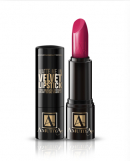
5. Customs Clearance: Makeup products must go through customs procedures at both the exporting and importing countries. This involves documentation, inspection, and adherence to regulations.
6. Distribution: Once cleared, products are distributed to retailers, wholesalers, or directly to consumers, depending on the distribution strategy.
The specific logistics and transportation methods depend on the company's preferences, cost considerations, and the nature of the makeup products being exported.
Makeup tools encompass a variety of items:
2. Concealer Brush:Targets specific areas for concealing imperfections.

Makeup tools are separate from healthcare and skincare products. While makeup is primarily used for enhancing appearance, skincare products focus on maintaining and improving the health of the skin. Skincare items include cleansers, moisturizers, serums, and sunscreens designed to address specific skin concerns.
Makeup itself is not inherently harmful, but certain ingredients in makeup products may cause irritation or allergic reactions for some individuals. It's crucial to be aware of your skin type and any sensitivities you may have. Additionally, regularly wearing heavy makeup without proper removal and cleansing can potentially clog pores, leading to breakouts.
Makeup can have both positive and negative effects depending on factors like the products used, frequency of application, and individual skin sensitivities. Here are some considerations:
1. Enhanced Appearance:Makeup is often used to enhance facial features, boost confidence, and express creativity.
2. Sun Protection: Some makeup products, like foundations and powders, may contain SPF, providing additional sun protection.
3. Camouflage: Makeup can effectively conceal blemishes, dark circles, and other imperfections, promoting a more even skin tone.
1. Skin Irritation:Certain makeup ingredients may cause irritation or allergic reactions in some individuals.
2. Clogged Pores: Regular use of heavy makeup without proper removal may contribute to clogged pores and acne breakouts.
3. Chemical Exposure: Some makeup products may contain chemicals that, with prolonged use, could potentially have adverse effects on the skin.

FAQs
What goes on first in makeup? Eye liner, mascara, or eyeshadow?
Eyeshadow typically goes on first in the makeup routine.
Can I wear foundation every day?
Yes, you can wear foundation daily, but it's essential to choose products suitable for your skin type and practice good skincare.
What is the most important part of makeup?
The most important part of makeup often starts with a well-prepared and moisturized skin before applying any products.
Should I Use Foundation or Concealer First?
It's generally recommended to use foundation first, followed by concealer to target specific areas that need extra coverage.
 +7929688-88-14
+7929688-88-14

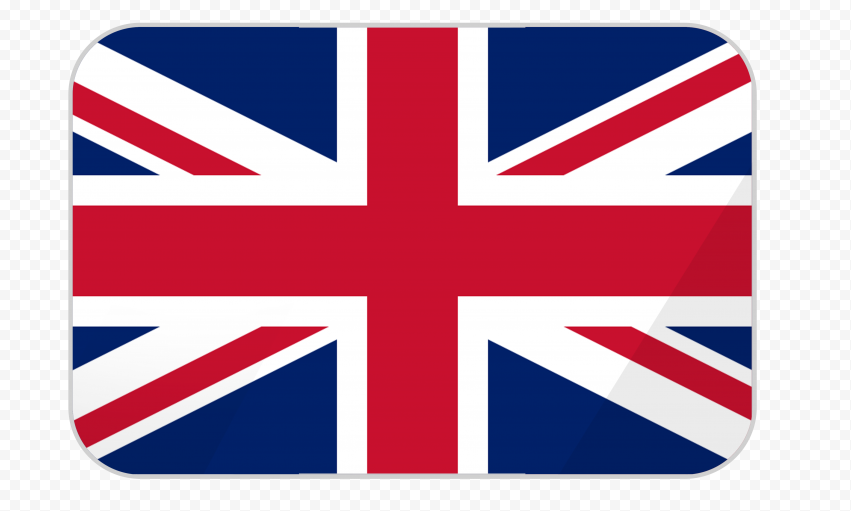 English
English
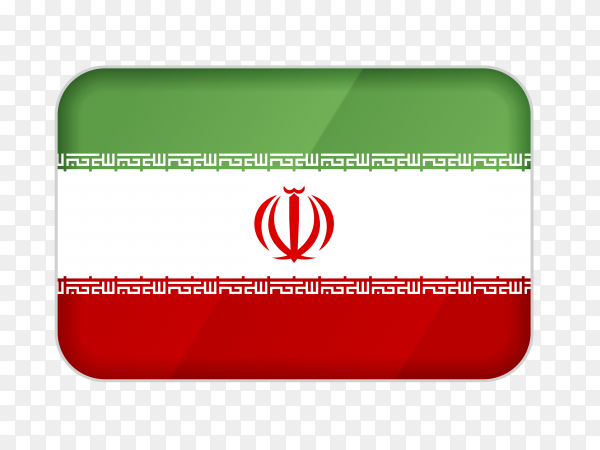 Persian
Persian
 Russian
Russian
 Chinese
Chinese


 +7929688-88-14
+7929688-88-14

